Photographs by Doug Watson, edited by Dinotoyblog
Here we have the Linde Sphenacodon. In May 2009, Tomhet wrote an excellent recension of Marx´ classic Sphenacodon, also writing that “the two others were almost impossible to find”. Well, almost. Austrian company Linde added plastic toys to their coffee packages. Eight of those were prehistoric beasts, not all to scale but well sculptured and highly detailed. Made of marbled olive-coloured plastic sometimes nerved by black or red, with a waxy feel, Linde reptiles are highly collectible.
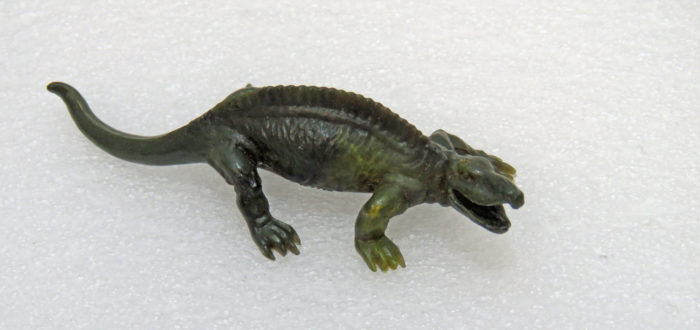
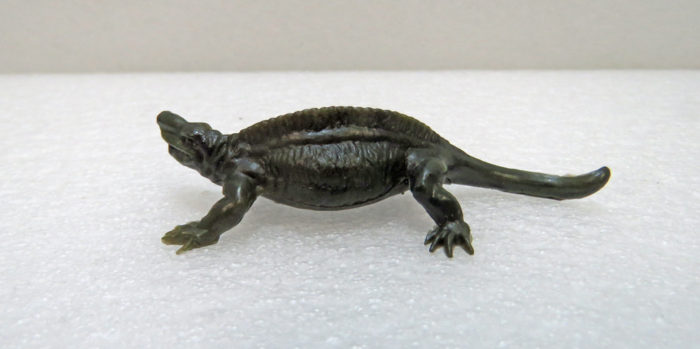
Their Sphenacodon is no exception. It is 7.6 cm long and 1.9 cm tall. The reconstruction shows the animal in a crawling posture, muzzle opened wide. As for detailedness in relation to size, the Sphenacodon catches up to Invicta Dimetrodon. The skin pattern is worked out very well, so are the feet with their claws and the ridge on the back.
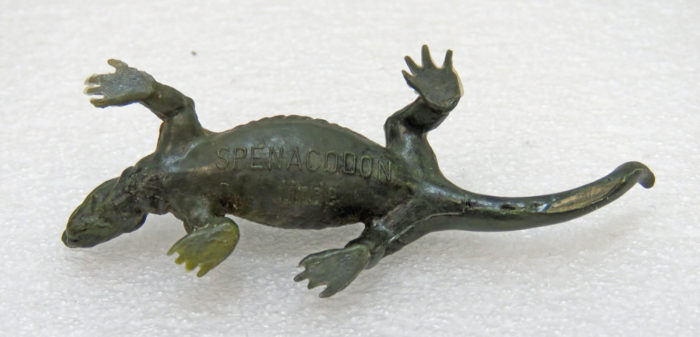
The head requires extra attention. Eyes, ears and nostrils are caringly machined. The mouth lacks teeth for some reason, the cleft in the upper jaw, typical for pelycosaurs is present. Funnily, from above, the nose of the animal looks like the nose of an elephant seal.
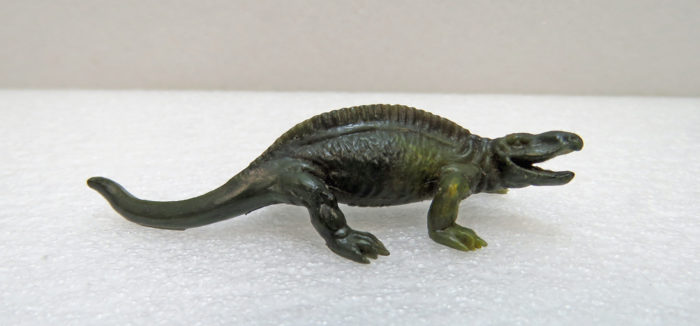
Regarding this animal and the way it has been reconstructed, I can hardly understand that the cool Sphenacodon are neglected so much in comparison to the Dimetrodon. Probably it is because they lack the spectacular sail, so one can say Sphenacodon stands in the shadow of Dimetrodon‘s sail and can thus be easily overlooked. Unfourtunately they do not deserve this fate.
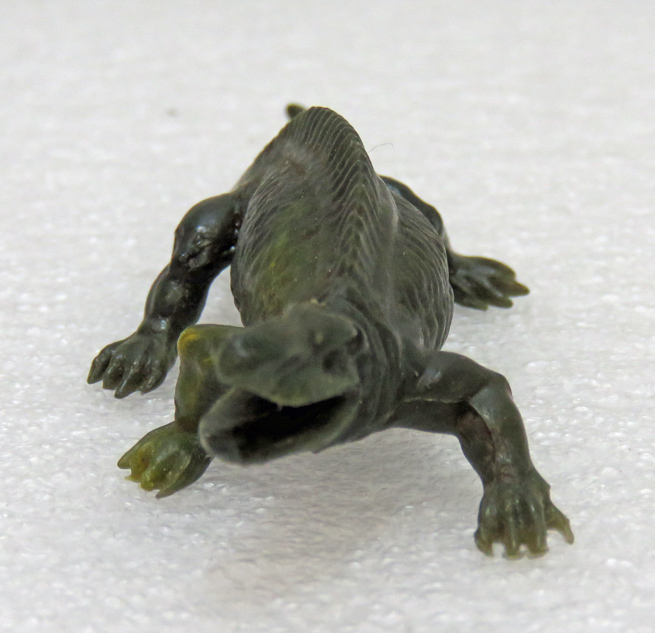
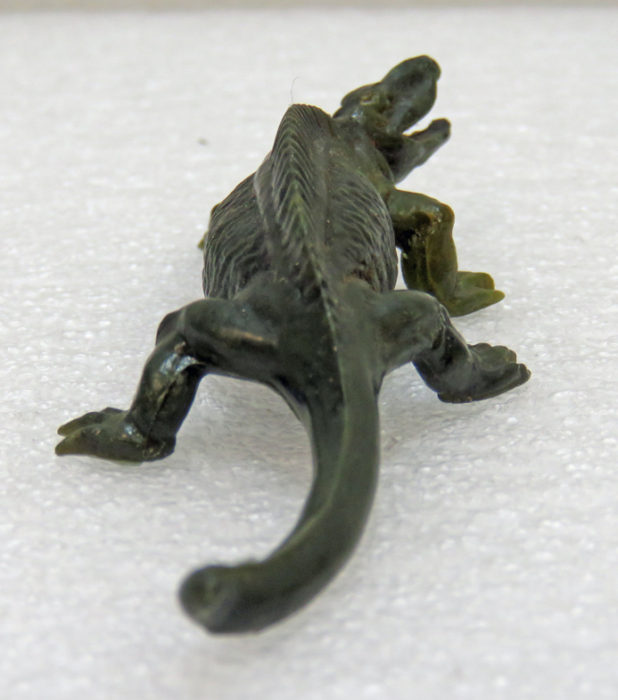
An interesting fact about Linde reptiles: two of their animals´ names bear misspellings: The “Tyranosaurus” and the “Spenacodon”.

Disclaimer: links to Ebay and Amazon on the DinoToyBlog are affiliate links, so we make a small commission if you use them. Thanks for supporting us!




You are absolutely right, johannes. I only used “reptile” in terms of the common denomination of the Linde animals at that time and because of better readability of my review. I am aware of the fact that scientifically the description “reptile” is obsolete.
I wouldn’t call a synapsid a reptile, not even under a very broad definition of reptile (eureptilians + anapsids). The lizardoid shape is misleading, it is primitive for all amniotes and therefore says nothing about the phylgenetic position of an animal.